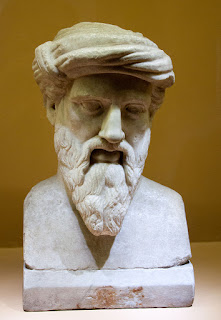How old is art? No, not Garfunkel, but rather the assemblage of objects for aesthetic appreciation in world culture. It seems that which many would believe to be the oldest artworks were discovered relatively (and surprisingly) recently.
The Bhimbetka Petroglyphs adorn the Auditorium Cave in Bhimbetka and another cave in Daraki-Chattan in a rock shelter, both in central India. They appear as circular reliefs in the rock and date back to 290,000 BC. That’s pretty old.This revelatory discovery changed the historical assessment that the oldest art was to be found in Africa.
The Auditorium Cave is more accurately a ‘cave gallery’ leading to a massive rock centerpiece called ‘Chief’s Rock’. Eleven petroglyphs or rock carvings can be found inside. They were carved on hard quartzite dating back to the Lower Paleolithic Age. In the smaller cave near Madhya Pradesh, almost 500 of the rock impressions, called cupules, appear on two vertical strips.
What was the purpose of these carvings? More importantly, was there a significant message or statement in them? Perhaps they were meant to warn us or foretell of something. A considerable many moons have passed since they appeared so it’s also highly probable that whatever that something is, has already occurred. Maybe that’s the biggest relief of all.
Contact Chris: |  Christopher Robinson |




